There are two paths to prepare compound (C).
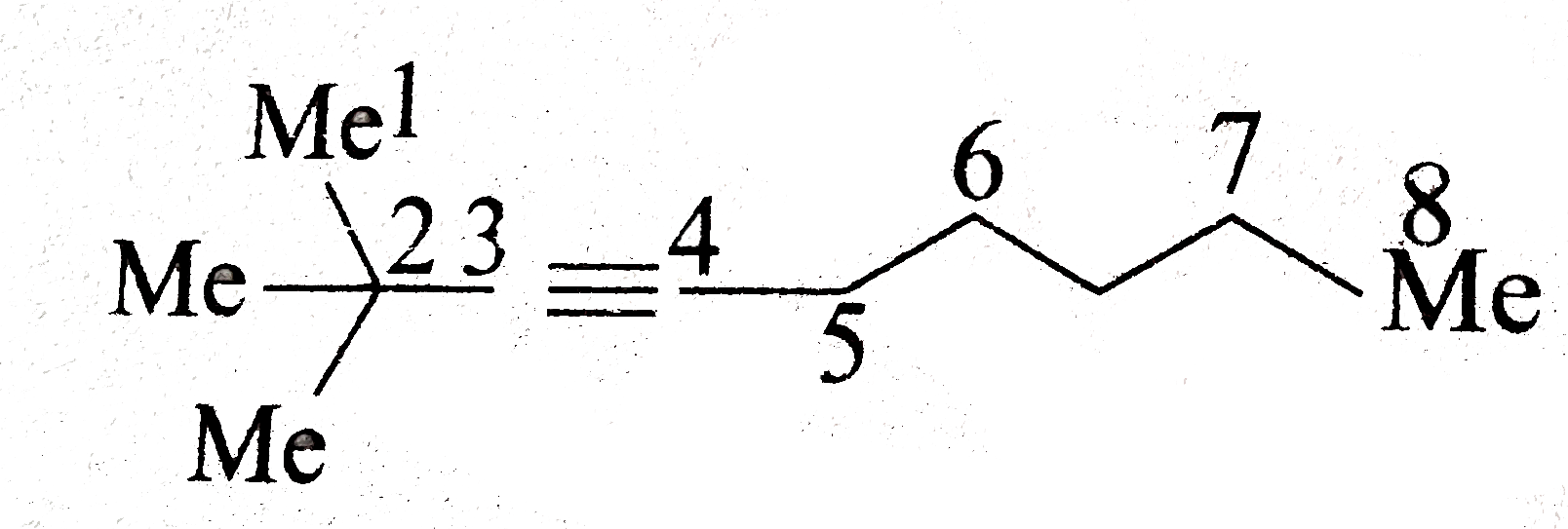
Which path is feasible and why?

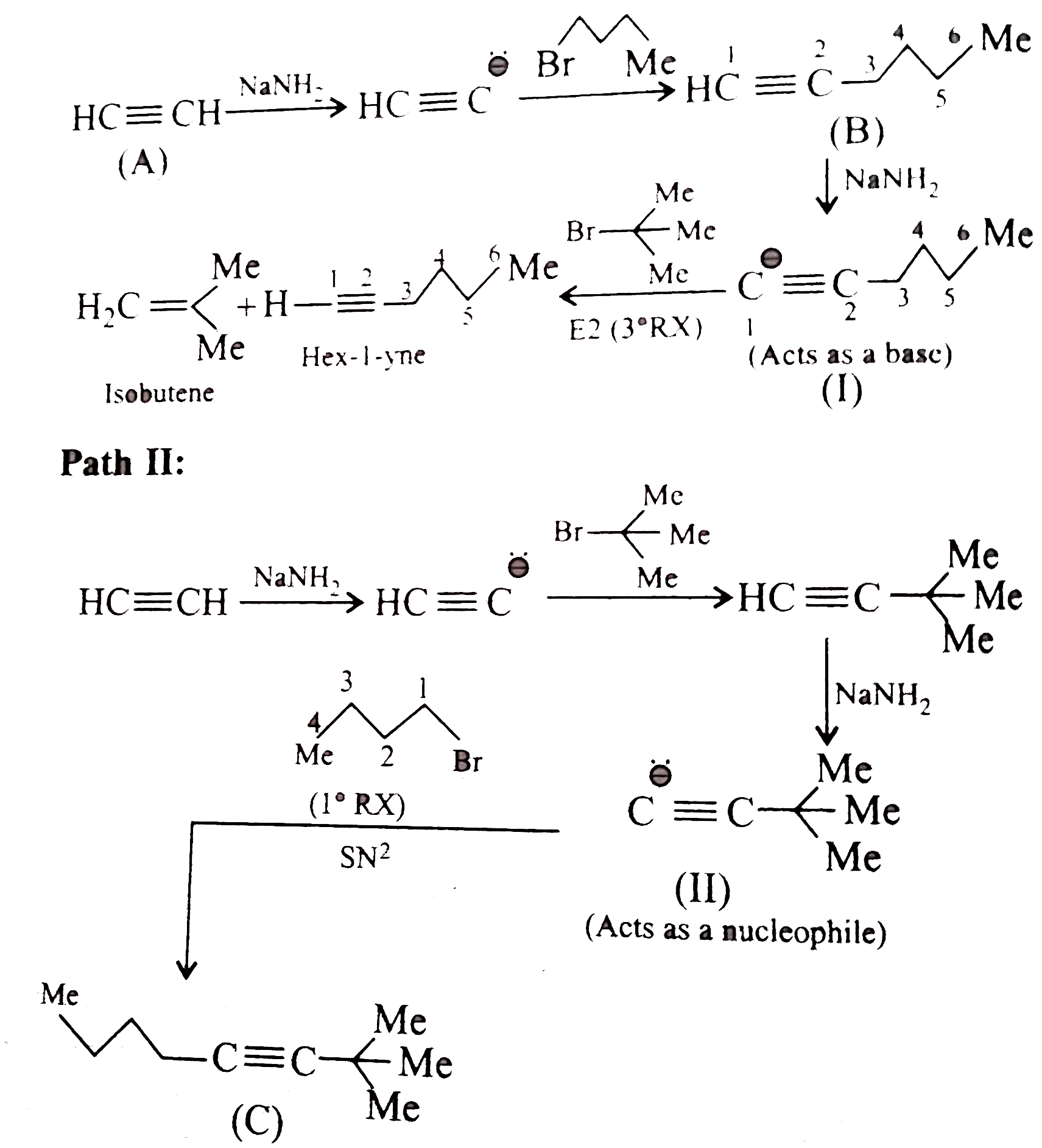
Path II is feasible since alkynide ion (II) 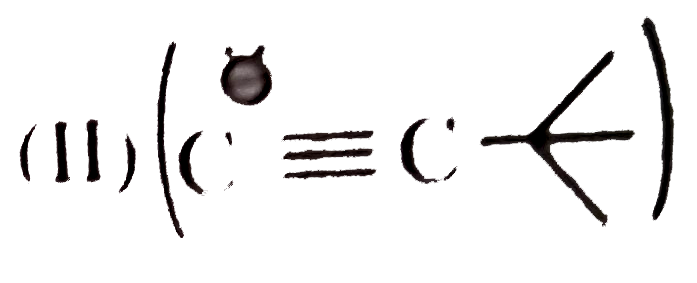 is more nucleophilic than alkynide ion (I)
is more nucleophilic than alkynide ion (I)  and undergoes SN2 reaction with 1∘RX(BuBr) to give compound (C), whereas alkynide ion (I) acts as a base and reacts with 3∘ RX(Me3C−Br) and undergoes E2 elimination reaction to give alkyne (H−C≡C−Bu) and alkene
and undergoes SN2 reaction with 1∘RX(BuBr) to give compound (C), whereas alkynide ion (I) acts as a base and reacts with 3∘ RX(Me3C−Br) and undergoes E2 elimination reaction to give alkyne (H−C≡C−Bu) and alkene 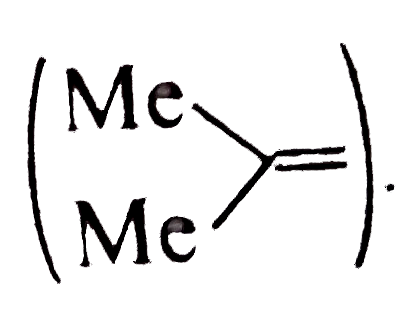
Topper's Solved these Questions
- ALKYNESBOOK - CENGAGE CHEMISTRY ENGLISHCHAPTER - ALKYNESEXERCISE - Exercises (Linked Comprehension Type)
51 Videos
- ALKYNESBOOK - CENGAGE CHEMISTRY ENGLISHCHAPTER - ALKYNESEXERCISE - Exercises (Multiple Correct Answers Type)
25 Videos
- ALKYNESBOOK - CENGAGE CHEMISTRY ENGLISHCHAPTER - ALKYNESEXERCISE - Solved Examples
24 Videos
- ALKENES AND ALKADIENESBOOK - CENGAGE CHEMISTRY ENGLISHCHAPTER - ALKENES AND ALKADIENESEXERCISE - Single correct Answer
14 Videos
- APPENDIX - INORGANIC VOLUME 1BOOK - CENGAGE CHEMISTRY ENGLISHCHAPTER - APPENDIX - INORGANIC VOLUME 1EXERCISE - chapter-7 Single correct answer
1 Videos
Similar Questions
Knowledge Check
Which one of the following reactions of xenon compounds is not feasible ?
AXeO3+6HF→XeF6+3H2OB3XeF4+6H2O→2Xe+XeO3+12HF+1.5O2C2XeF2+2H2O→2Xe+4HF+O2DXeF6+RbF→Rb[XeF7]
There are two paths (a) and (b) for the preparation of a compound (A)
 (2-methylpent-1-en-3-yne), which path is correct and why? Also name the path (a) and (b).
(2-methylpent-1-en-3-yne), which path is correct and why? Also name the path (a) and (b).

View SolutionThere are two paths (a) and (b) for the preparation of a compound (A)
 (2-methylpent-1-en-3-yne), which path is correct and why? Also name the path (a) and (b).
(2-methylpent-1-en-3-yne), which path is correct and why? Also name the path (a) and (b).

View SolutionIn the following reaction, the final product can be prepared by two paths (I) and (II).
Which of the folliwng statemetns is correct?
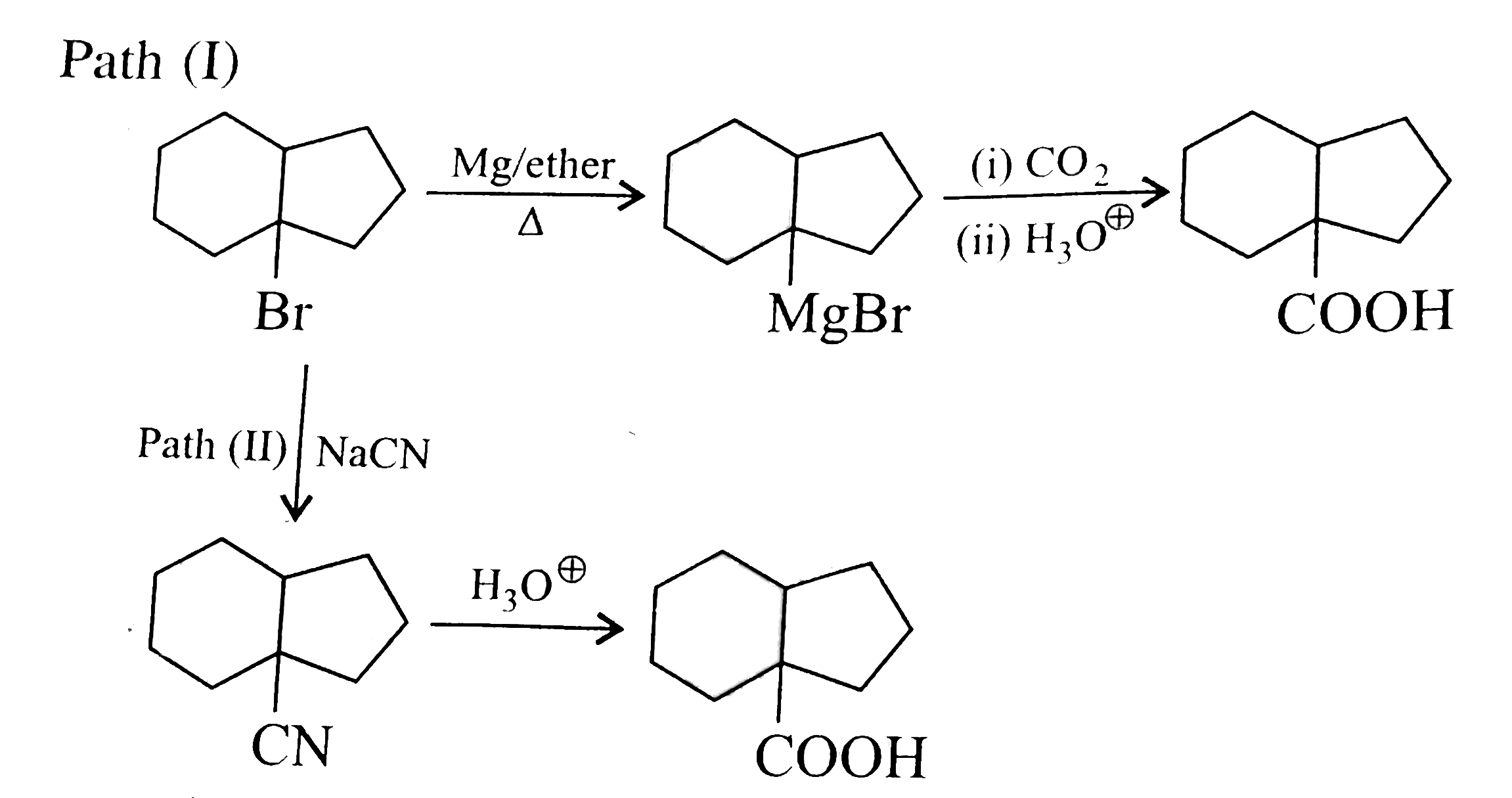
View SolutionThe path of a projectile is
View SolutionMean free path of a molecule is
View SolutionIn the given figure, an ideal gas changes its state from A to state C by two paths ABC and AC.
_E01_269_Q01.png)
Along which path the work done by the gas is least.
View SolutionWhich of the following reactions of xenon compounds in not feasible?
View Solution

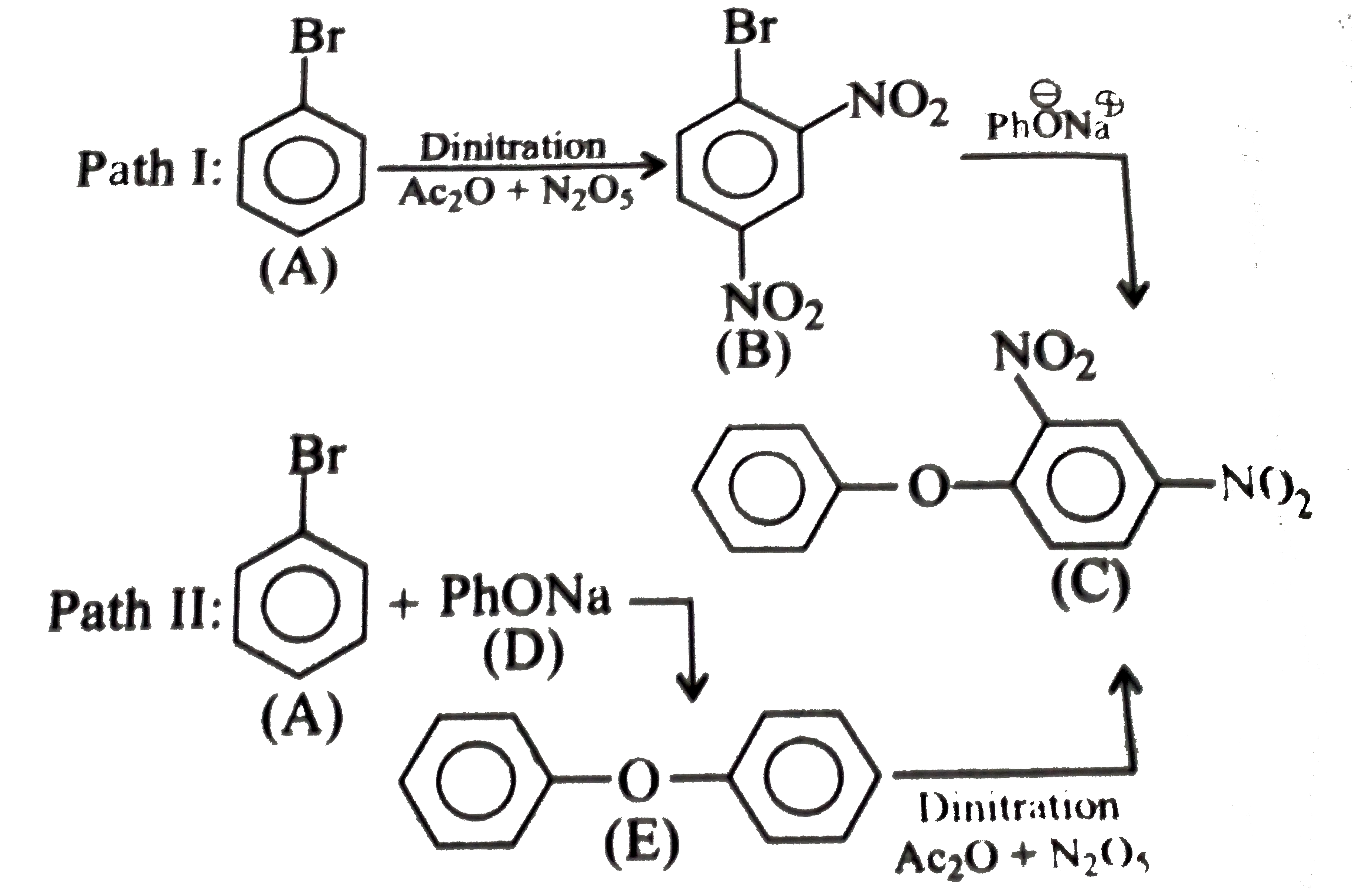
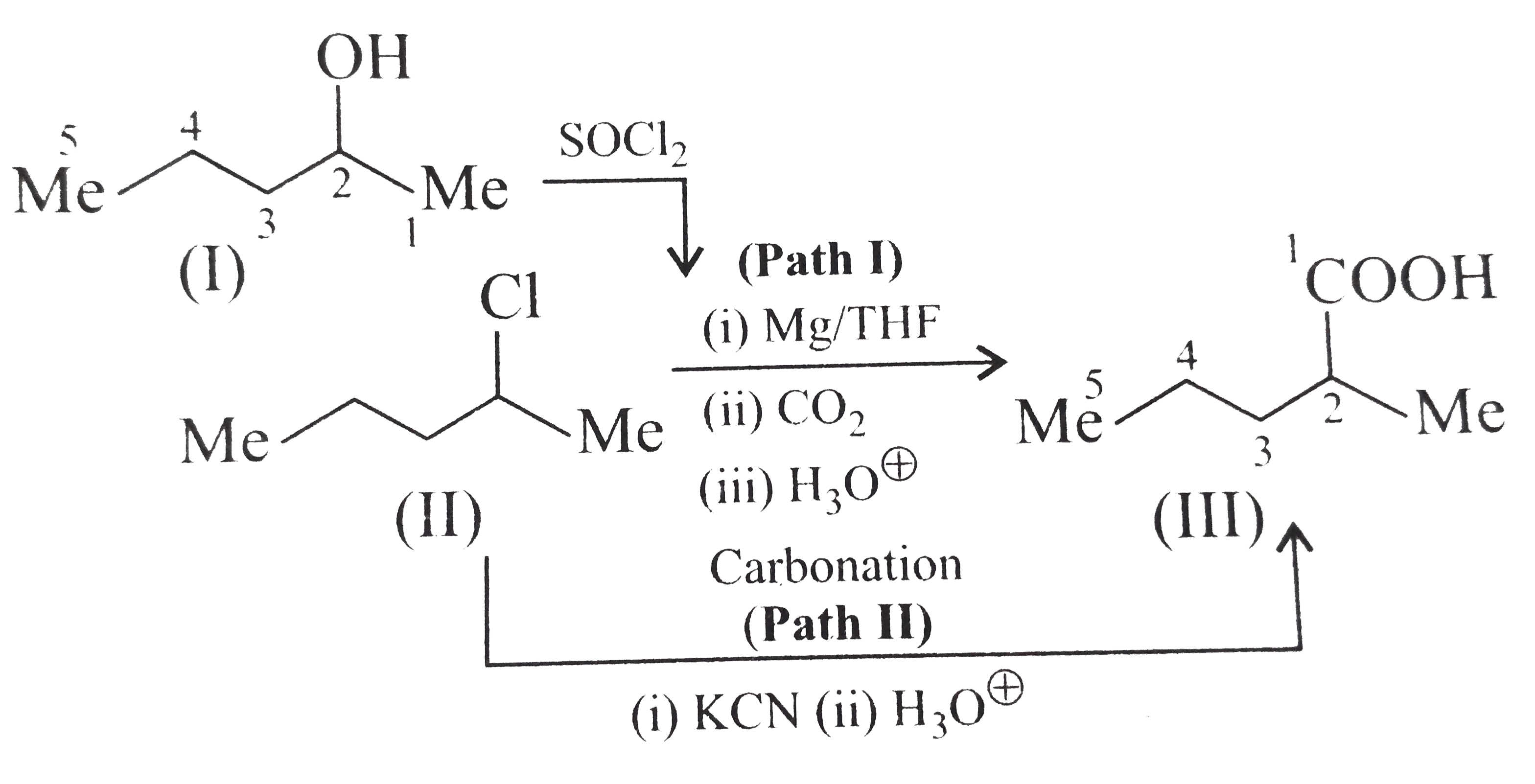 .
.